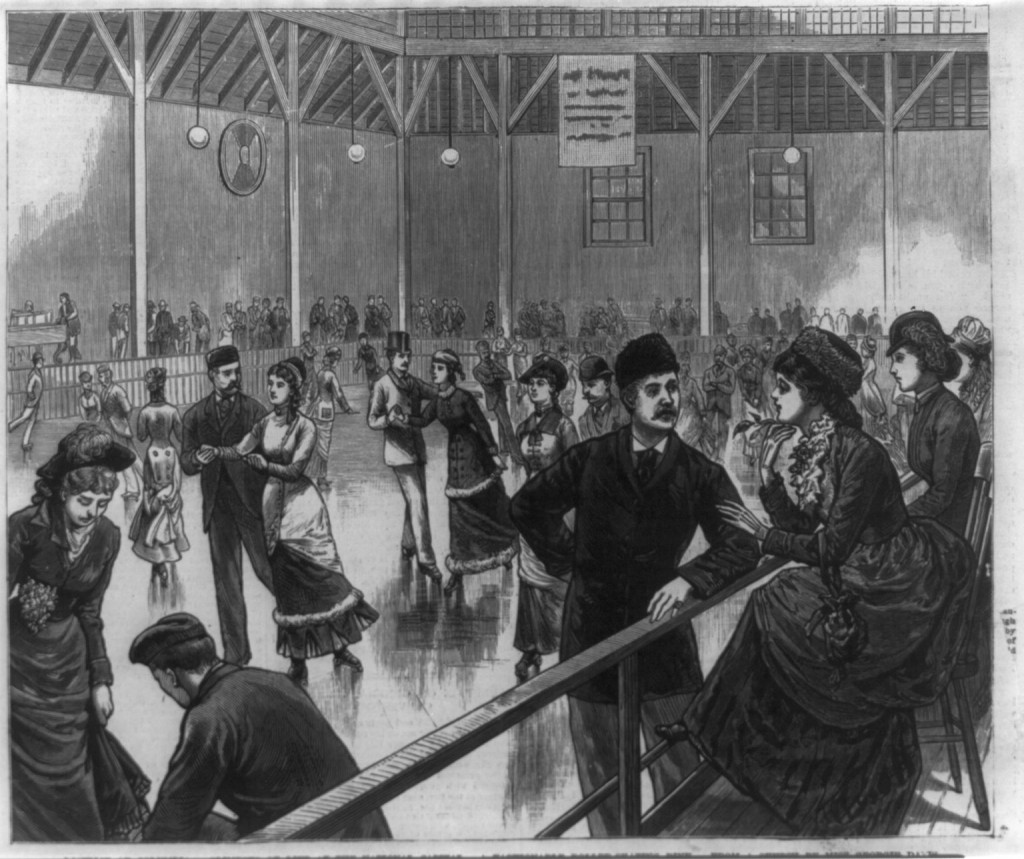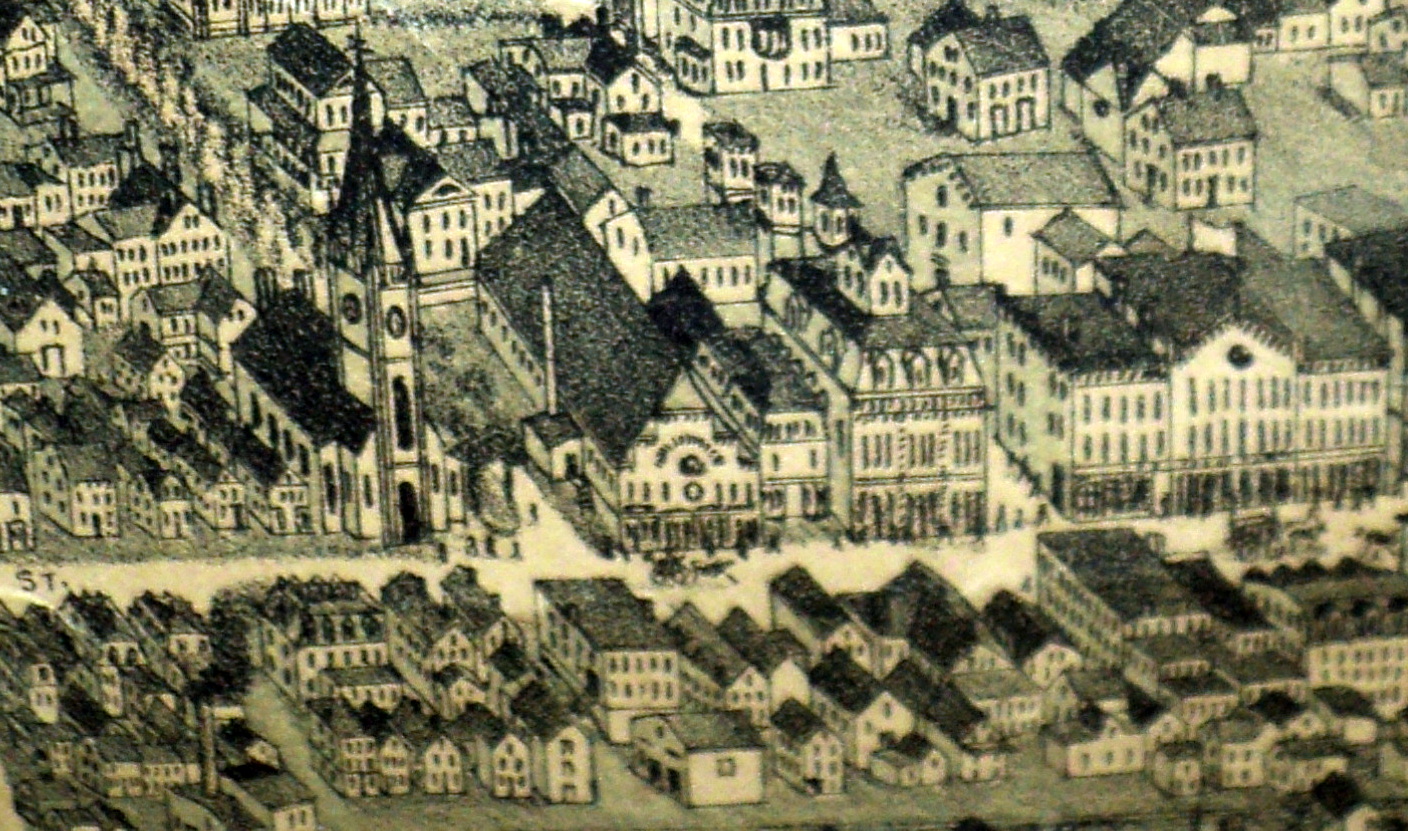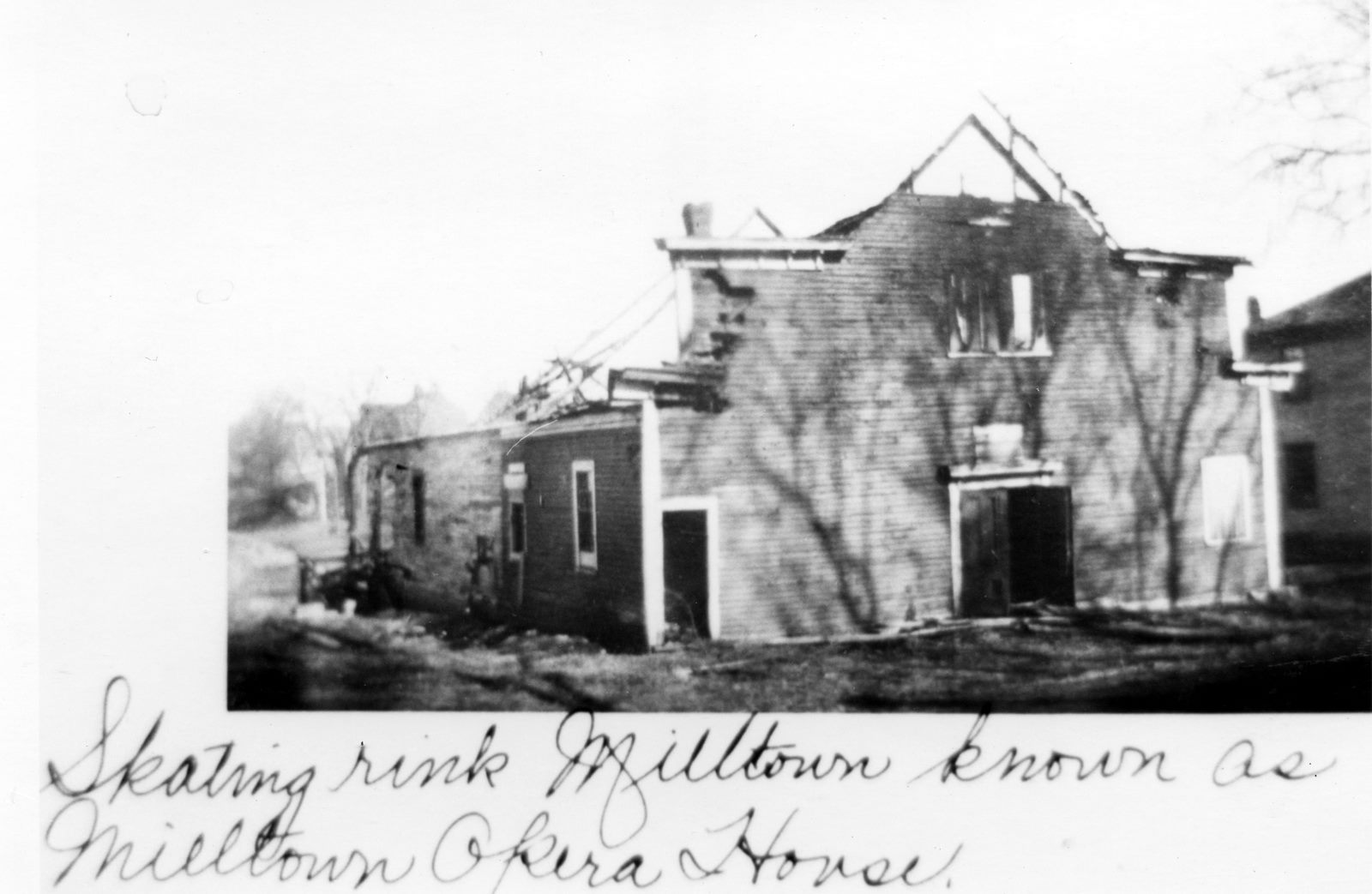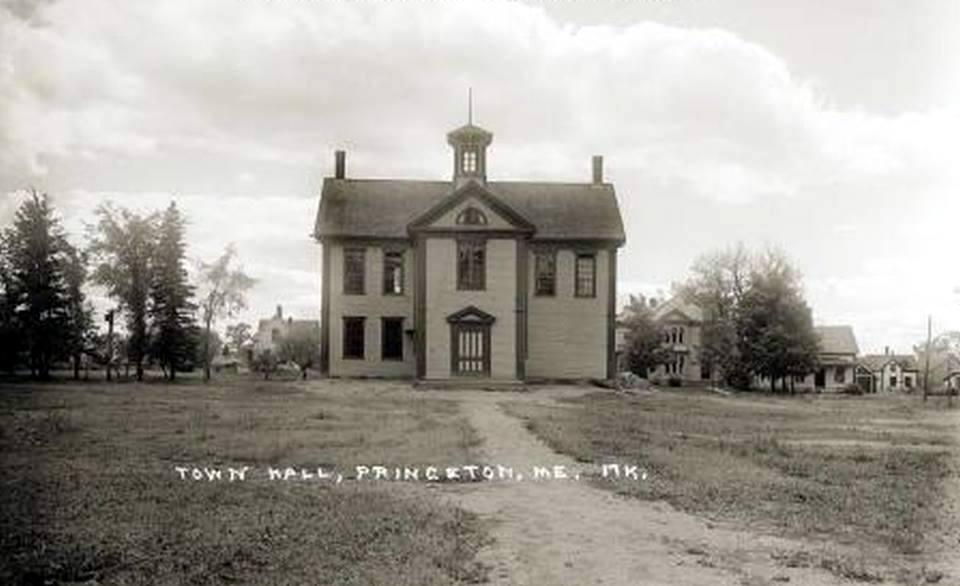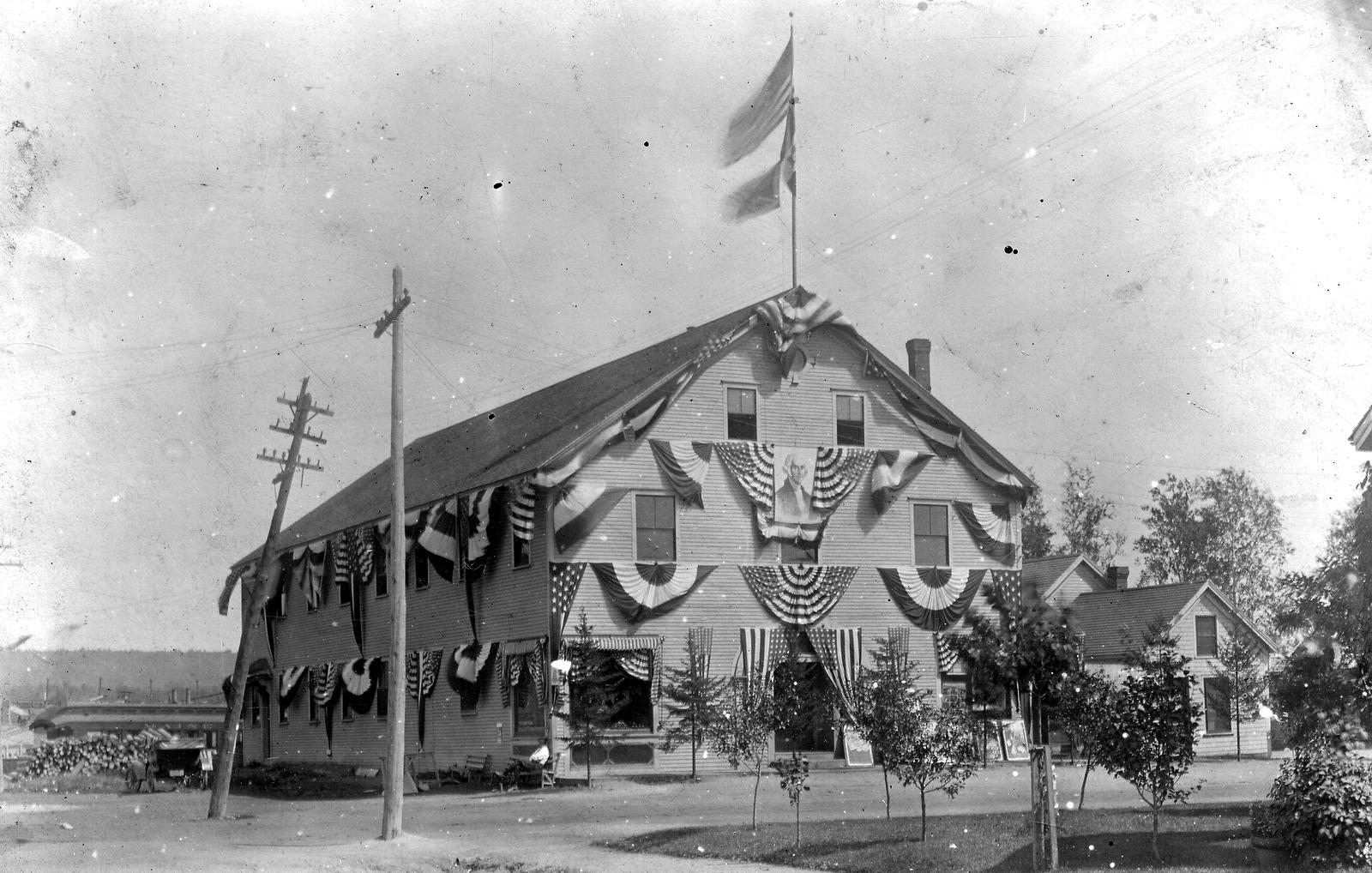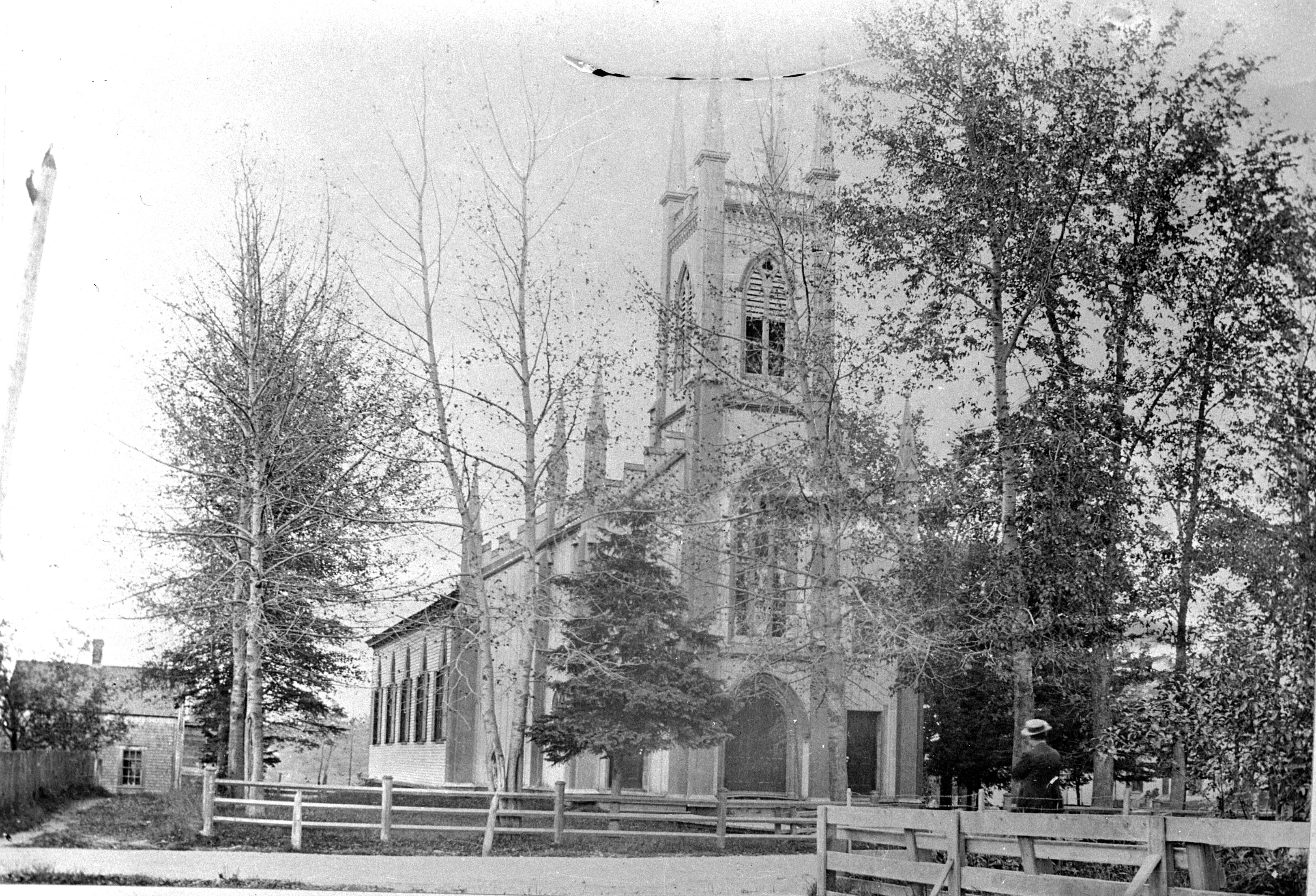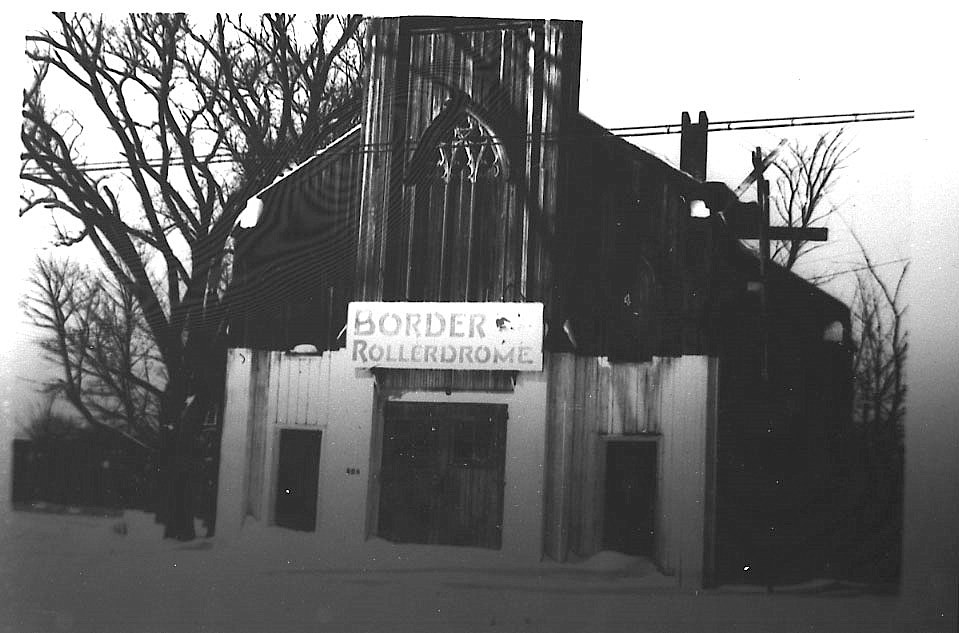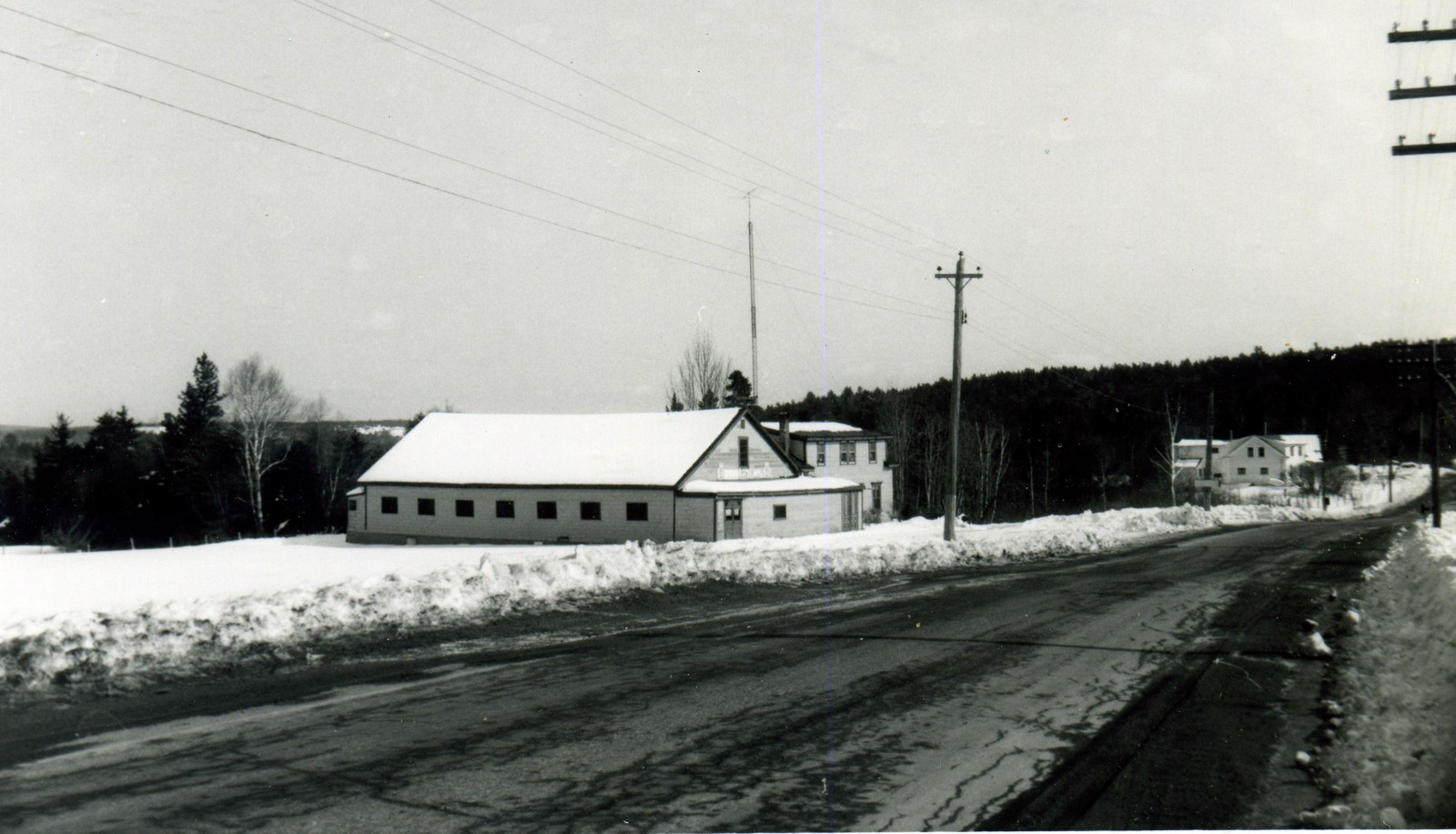Recently someone ask us whether there had been a roller skating rink on Union Street back in the 40’s or 50’s. We found there was and while doing some digging to answer the question we discovered what a popular pastime roller skating once was in the St. Croix Valley, especially in the late 1800’s.
The “roller skating craze” began in the 1880’s after a fellow named James Plimpton redesigned the roller skate. Roller skates had been invented, not surprisingly, by that nation of skaters the Dutch so the Hollanders could to skate during the summer. The Dutch “rollers” were one row of barely functional “in-line” wooden wheels from heel to toe like an ice skate blade and not practical for any but the Dutch whose babies wore skates instead of booties. Plimpton designed a skate with two parallel sets of wheels, the base cushioned with rubber to allow flexibility. Later ball bearings were added to the wheels. The user then had at least a fighting chance of staying upright and this was enough to begin the roller skating craze of the 1880’s.
Fancy, high society roller rinks first began to pop in the larger cities like London and New York but soon spread to any town with a building large enough to contain the throngs of novice skaters. The St. Croix Valley caught the bug early.
We don’t have a photo of Calais’ first roller rink but we can show you a reasonably accurate drawing of the building from the 1889 map of Calais. The roller rink was on Main Street and is dead center in the photo, Calais Avenue is to the left of the rink and the the church on the adjacent corner is now the parking lot for the food pantry. It was directly across from what is now Roger’s Auto Body. The roller rink was one of the largest buildings in town with a floor specially designed for roller skating. According to Ned Lamb, Calais’ most eminent historian of the era:
“Early in the eighties the roller skating craze swept the country and rinks were built in almost every large place. The craze hit hard in Calais.
At first regular halls were used as rinks. Even St. Croix Hall of verdant memories was turned into a roller rink. Sail lofts, with their spacious floors, made good rinks. But in November, 1882 the Dr. Porter lot at the corner of Main street and the Avenue was bid on by C. B. Rounds for $3750 and during the next year there were rumors that a roller skating rink was to be built there but it was not until February of 1884 that the trees were cut down, lumber hauled there, and the rink opened to the public April 10, 1884. The rink extended from Main Street to the Harrison Young (Dudley) lot and the front had to be built high in order to have a level floor and there were stores along Main Street.”
Another Calais historian, Florence Boone described the building as follows:
“Another sport which became popular in the 1880’s was roller skating. Both young and old enjoyed this sport in the indoor rinks maintained in both Calais and Milltown. The Calais rink was located in the block extending from the present River View Apartment House as far as Calais Avenue. It was a large building with a highly polished floor for roller skating. On each side, seats were arranged like balcony seats and at the farther end was a stage, where public entertainments were often given. The band played for skating every other night from a platform built near the center of the rink. A large entrance with two front doors opened near stairs which led to the cloak rooms and to the floor for skating. Several hundred pairs of roller skates of various sizes were kept on hand for rent at a charge of ten cents for afternoon or evening. Carnivals on skates were often held as well as skating contests with girls matched against girls and men matched against men. Fancy skaters also often gave public exhibitions.”
This building burned to the ground in the late 1890’s and was replaced by the brick block that had the Checchi-Pisani store at the Calais Avenue end. The fiery end of the building was to become a common theme for Calais roller rinks.
Milltown Maine had its own roller rink pictured above after its demise and is again described by Ned Lamb:
“In Milltown the People’s hall was fitted up and used as a rink. Early in 1884 W. J. Fowler and other men associated with him built THE rink on Boardman street two lots above the fire station. This rink was opened June 10, 1884 and became the center of social life for the whole community. The “Milltown Opera House”, as it was often called, witnessed not only skating and such as went with that, like polo, masquerades, racing and the like, but all sorts of entertainment, some with local talent and some, from away. Uncle Tom’s Cabin played there as well as Peck’s Bad Boys. A prestidigitator gave an exhibition of legerdemain for three nights running (Do you remember how Hod Hanson mixed up the batter of eggs and flour, to be used in one trick and then tasted it?) There was fancy skating and trained dogs. The Kickopee Indians sold a lot of their Sagua there. But we must not forget the Balls, not mere, dances, given by the Rifle Clubs, and the Loom Fixers whose programs are prized relics in families today. St. Stephen built an ice rink but the polo teams played in both rinks.”
According to Florence Boone:
“In Milltown, a rink near the present fire station on Boardman Street served the same purpose. The floor was planed and waxed. Even men sixty years old patronized this rink. Dances were also held in this one-story building which was built in 1884.”
As the photo shows it also burned. The only photo we have of the building is the charred remains shown above. The 1919 fire is described in a newspaper account in the St Croix Courier:
TALK OF THE TOWN Now in Ashes
“The heavens were lighted soon after midnight Saturday, by the burning of the old roller skating rink in Milltown, Me., a confusion of alarms calling both the Calais and St. Stephen departments to the fire. The building was built over twenty five years ago, when roller skating was a “craze’| and was long a popular place of amusement. Later it became a popular dance hall, and in recent years had been used for basketball and other sports. The fire, which was apparently of incendiary origin, completely destroyed the building, but good work by the firemen saved other buildings.”
We find no record of a roller rink in St. Stephen in those early years although it is likely one existed. In the 1930’s there is reference to a place called the Crystal Palace outside of town being a dance hall and roller skating rink. We have it on good authority that the local nickname for the Crystal Palace in those early days was “the bucket of blood” and we should probably not comment further on what our cousins across the border were up to in the Crystal Palace. However for historical accuracy we must point out that in 1960 the Crystal Palace was sold to one Norman Acker who was subsequently owner of the Mecca on North Street in Calais. It seems the Crystal Palace and the Mecca had much in common although the Mecca was never, as far as we know, a roller rink. A Mrs. Moraisey from Alexander recalls going roller skating in the building that became the Penny Saver which was also owned by Mr. Acker so there is little doubt the Penny Saver was once the infamous Crystal Palace.
The Princeton town hall was found suitable to the needs of locals to roller skate in those early years. According to a history of Princeton:
In 1“890 Princeton’s first noteworthy band was organized under the leadership of Frank Herrick of Calais. This band had a roster of sixteen members and held together for a period of four or five years. Our Billy Robinson was much interested in this band; he had a photograph of the aggregation. Since then at least two attempts have been made to have a band in Princeton, but neither of them proved long lived. These attempts were made by the Reverend McElhinney and by Ned Brown. At this time roller-skating was racing across the country like wildfire. The cities built large skating rinks; the small towns turned their halls into skating rinks. For months the roar of the skating radiated loudly in all directions from the Princeton town hall. But the craze was too strong to last long.”
Woodland’s had its opera house to double as a roller rink and much else besides. In 1907 Charles Murray erected the building known as the Woodland Opera House and Michael Foggia became the manager. The first floor was used as a store with bowling lanes taking up most one half of the space. The upper floor was used as a hall for dancing, roller skating, and as an occasional prize fight. Mike Foggia bought the building in 1911. In 1915, when the moving pictures became a popular form of entertainment the Central Labor Union leased the hall for a movie theater. They operated it until 1930 when Mike took it over and continued its operation until 1956.
The craze for roller skating may have abated somewhat after the turn of the century but it did not die completely. The old Catholic Church on Union Street, located just up Union from the intersection with High Street and pictured above, was sold by the diocese in the late 1800’s after the new church was built on Washington Street. On October 7, 1914 a roller skating rink held its Grand Opening in the building promising “Good Music and Good Order Assured”. Roller rinks, like dance halls, had a reputation for rowdyism and even worse sins so frequenting such dens of inequity was usually frowned upon in religious circles. An 1884 letter to Minerva Sharman Gray of Wesley from her brother remarks:
Minerva Sharman Gray letters collection from Austin Gray 1885:
P.S I was very much pleased to learn that you were going to stay from the roller-skating rink & from dancing school this winter. I think it very injurious to the health. Austin
The Union Street roller rink operated off and on into the 1950’s and perhaps 1960’s. This ad is from 1954. Sally Doten recalls
“That was an old church on Union Street. I used to skate there as a kid. I remember the first time I tried roller-skates and didn’t know how to stop once I was in motion. I finally just crashed into the wall when I decided I needed a rest. The night after my first skate my wrists were so sore I could barely write. But I learned after that. Good times there. Sally Doten”
Bill Townsend and his sister Eugenia lived next door:
Eugenia Townsend:
“This was next to my home on Union St. There was a small field in between. Phil Beckett lived on the other side. I was told it was the 1st Catholic Church. I remember the roller rink and there was also professional wrestling held in the building. It was quite a night it burned. The blueberry factory and another building on the street that went up beside Andrews store, can’t remember the name. Speculation was that someone walked down the tracks. My brother Bill and I were home from college and Phil was still in high school. We looked out the window and saw the fire along the edge of the back wall. Fire inspectors came to the house and asked us about it. They said it had to have been set. St Stephen was the 1st responder and they didn’t have a wrench to fit our hydrant. So it took some extra time to get water on it. It was a horrible night in Calais. From Main St you could see the light from the flames in both places. Phil graduated in 66, so it was 64 or 65. I can’t remember the time of year. Also, when you mentioned “the old church,” everyone in the Union new what you were talking about. We “mud lane” hooligans used to sneak in through a window on the side trying not to get caught by my mother, Anne Townsend”
Bill Townsend:
“This is the “old church” as we used to call it on Union St. right beside our home at 113 Union. It was used as a storage for some old cars in the late 40’s and early 50’s. My cousin Johnny and I got caught there once when we sneaked inside and were playing bumper cars with some auto jacks on wheels. The way in was through a loose board on a window near the front on the side toward our house. For a while we would sneak in through the back. There was a large door-like opening leading into a level below the main floor. There were big holes in the dirt under the church and we were told that there had been people buried there in years past and that they caskets had been removed when the church closed. We kids always believed that there might be a body or two that had been missed and were still under there so the way in through the back wasn’t used as often.
I forget the dates of the roller rink but I know it didn’t last too long. The building burned the night that there were several fires in Calais, Northeast Industries, the old church, and a barn down near the customs office, I believe. There had been some mysterious fires a bit earlier along the railroad siding beside Sandy Point with wooden pallets and a box car set on fire. I saw a person set one of the railroad fires one day but the police didn’t believe me when I told them and thought some vagrant had started them. This was a year or so before the night of the fires in Calais.”
As noted by the Townsends the Union Street “Rollerdrome” suffered the same fate as all the other Calais roller rinks. The above photo was taken after the 1966 fire which was started by an arsonist who had, it is said, a grudge against several businesses in town all of which he set afire on one winter night. While there was plenty of circumstantial evidence against the culprit there was not enough direct evidence to charge him.
Even though we have gone on far too long on this subject we cannot leave out the Novilla on the River Road. It should come as no surprise that it too burned. It was most famous as a dance hall but gained a certain notoriety as a roller rink in the 50’s and 60’s. Norman Hill who lived nearby remembers it well:
“When the Novilla became a roller-skate rink, the younger crowd in Calais took advantage of the recreation and enjoyed the fun. From home, it was just a few minutes walking distance. I would go once or twice a week if I had fifty cents to rent a pair of skates to use. Eventually I became a skate-boy. I worked two nights a week and Saturday afternoons. I would help the skaters put their skates on their shoes properly. According to the type of shoe they wore, the toe clamps on the skates had to fasten securely to the outer sole or the skater would fall. Some kids would be wearing sneakers so I would use leather straps to be sure the skate was on safely. One advantage of being a skate-boy was I could skate when I was not busy. Lots of pretty gals came to skate so I was able to enjoy the time to talk with them.
I do not remember if I got paid for doing the job, anyway I enjoyed skating when I could. Some nights the crowd was enormous with not enough skates to rent It was essential to skate counter- clockwise or a skater would be removed from the floor by a rink supervisor. Also fast skating was frowned on. The music to skate by was piped in from a record player.
Eventually Biscuit got the dances running in the warm weather after giving up the roller- skating. It was a few years before he had heat installed. In the summer, the shutters were removed so air could circulate on the dance floor. Being young at that time, I didn’t attend any of the dances. Some evenings the music floated in the air and could be heard all over the neighborhood.”
We have certainly exhausted this subject but will end with one final thought-if operating a roller skating rink is in your future buy plenty of fire insurance.


